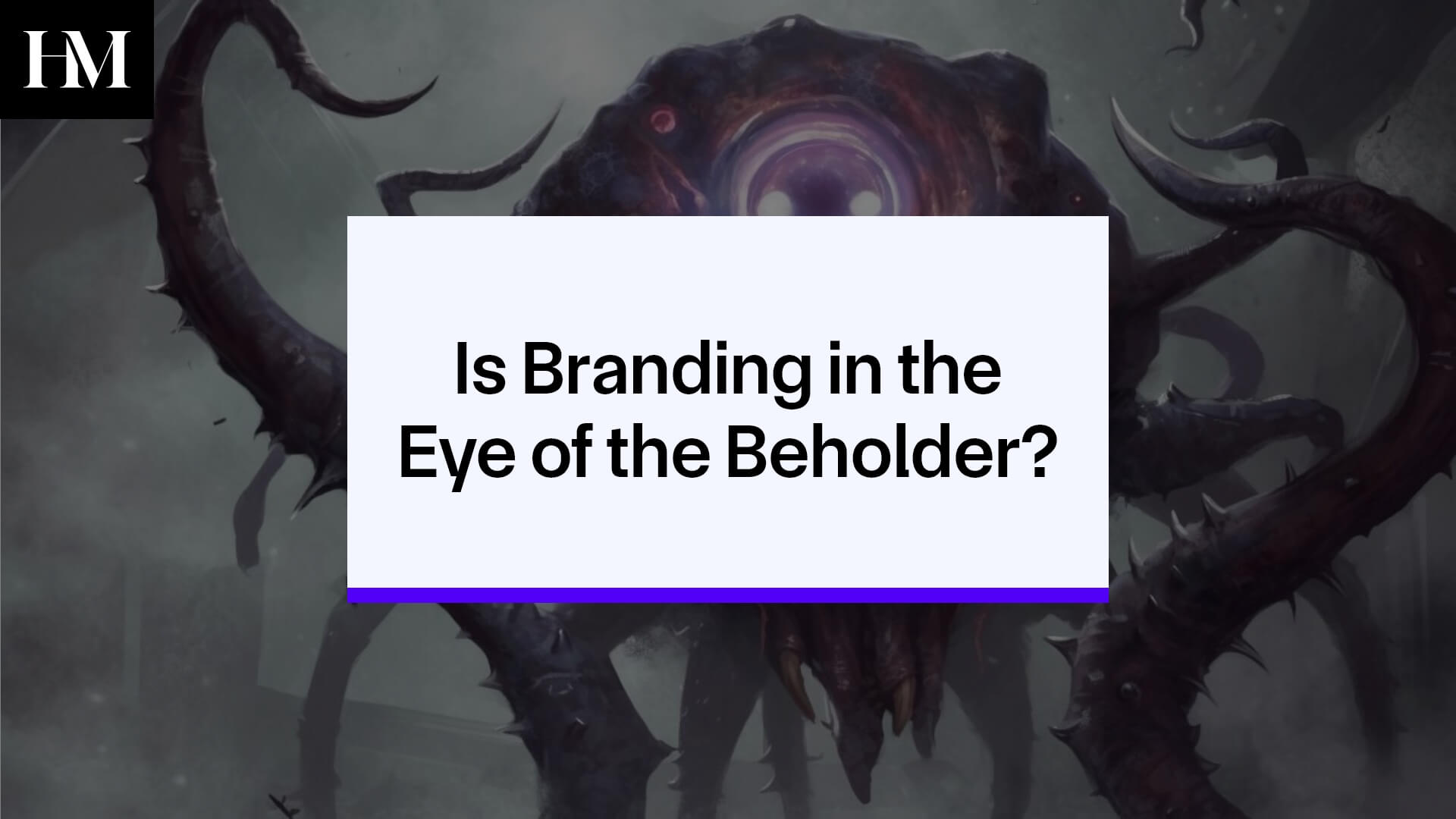This is blog post number two in a seven-part series that unpacks the key questions we encourage brands to ask when evaluating their brand relevancy.
In this article, we address: “Are we too close to the messaging and strategy to make the best choice possible?”
I love abstract art, and recently I learned the full story behind a famous abstract piece by Pablo Picasso. I haven’t been able to stop seeing its parallels everywhere I look.
I was visiting Chicago when I first came across the famous (or infamous as some critics might say) Picasso sculpture at Daley Plaza. The work is titled, well, Untitled.
I approached the sculpture at the same time as some students who seemed to be on a field trip. I overheard them suggesting to their teacher that it might be a dog… or a cat… or a monkey. Later I learned that some art historians suggest it may be a woman who once posed for Picasso. The artist himself hinted that the head of the figure might be his pet Afghan dog. So I guess those students may be right after all!
I went home with a new curiosity around this gigantic statement from the late, great Picasso. And I had to learn more.
An atypical artistic statement
The sculpture was first revealed to the public in August of 1967. At the time, most public art was commemorative, like a statue of a famous person. Needless to say, Picasso’s Untitled got a lot of attention for being precisely the opposite. The Mayor loved it, calling it “the wings of justice.” Protesters, however, called it a “colossal booboo” and “an insult to Chicago’s greatness.” But one thing was clear, everyone saw something different.
I tend to agree with Picasso that it doesn’t matter if he thought it was a dog or if one 5th grader agrees. It’s what the experience means to each individual viewer that matters. And that’s probably the real reason Picasso left its meaning so “untitled,” so that everyone could view it from their own unique perspective.
The allure of curiosity . . .
Imagine if Picasso had cut straight to the point and titled the sculpture Dog. Everyone would just talk about the dog, and all of the visiting school kids and budding artists and pedestrians over the years would’ve had their imaginations inhibited. Any beholder who didn’t see a dog might feel disappointed or find the piece completely inaccessible as a result.
It’s so much more alluring to visit the sculpture everyone is talking about instead.
The controversy around Untitled – as well as the perceptions – are still major draws for locals and tourists alike.
. . . and the payoff
I was surprised to learn that Picasso actually turned down a $100,000 commission, considering the work a gift to the people of Chicago. Construction alone cost around $350,000, a huge price tag for the first piece of abstract public art in an American city.
But look at what it started. The value today of having a priceless piece of abstract art in the heart of one of America’s prize cities is truly invaluable. It’s the backdrop for Halloween haunted houses and Christmas markets and speeches and concerts and farmers’ markets. People climb it, people slide down it. It’s featured in blockbuster films, including The Blues Brothers, The Fugitive, and Ferris Bueller’s Day Off.
Plus, as the first sculpture of its kind in the city, it laid the groundwork for what has now become one of the finest urban collections of public art – Picasso’s Untitled is now accompanied by Dubuffet’s Monument with Standing Beast, Kapoor’s Cloud Gate, Plensa’s Crown Fountain and many more.
Today, arts in the city generate an annual economic impact of $250 million, according to a Chicago Loop Alliance study. I guess Picasso giving his dog away for free wasn’t such a bad deal after all.
Why we care
I left Chicago that day still undecided on the meaning of Untitled, and I think I’ll stay that way. I think part of the genius of Picasso is that he is still inspiring and engaging his audience even today, more than fifty years after his sculpture was unveiled.
I also learned two important lessons I now use every day in our work helping manufacturers build and market their brands.
- Brands have to remain curious about the way they are perceived
- Identifying the true value of a brand requires input from a variety of sources
We’ve found that oftentimes, brand stakeholders can pour their blood, sweat, and tears into their company, but they can be almost too close to the brand to see it through the eyes of their customers. It’s difficult but so important to take a few big steps back and to let other viewpoints help craft a much more alluring story around your brand.
When you ask the right questions — of your employees, your dealers, and your end-users — the answer may surprise you. And you just might find a story that redefines your brand for the next fifty years.
Need help digging into these questions? We are experts in helping manufacturers identify what makes their brand most relevant to their customers. We’d love to talk.
